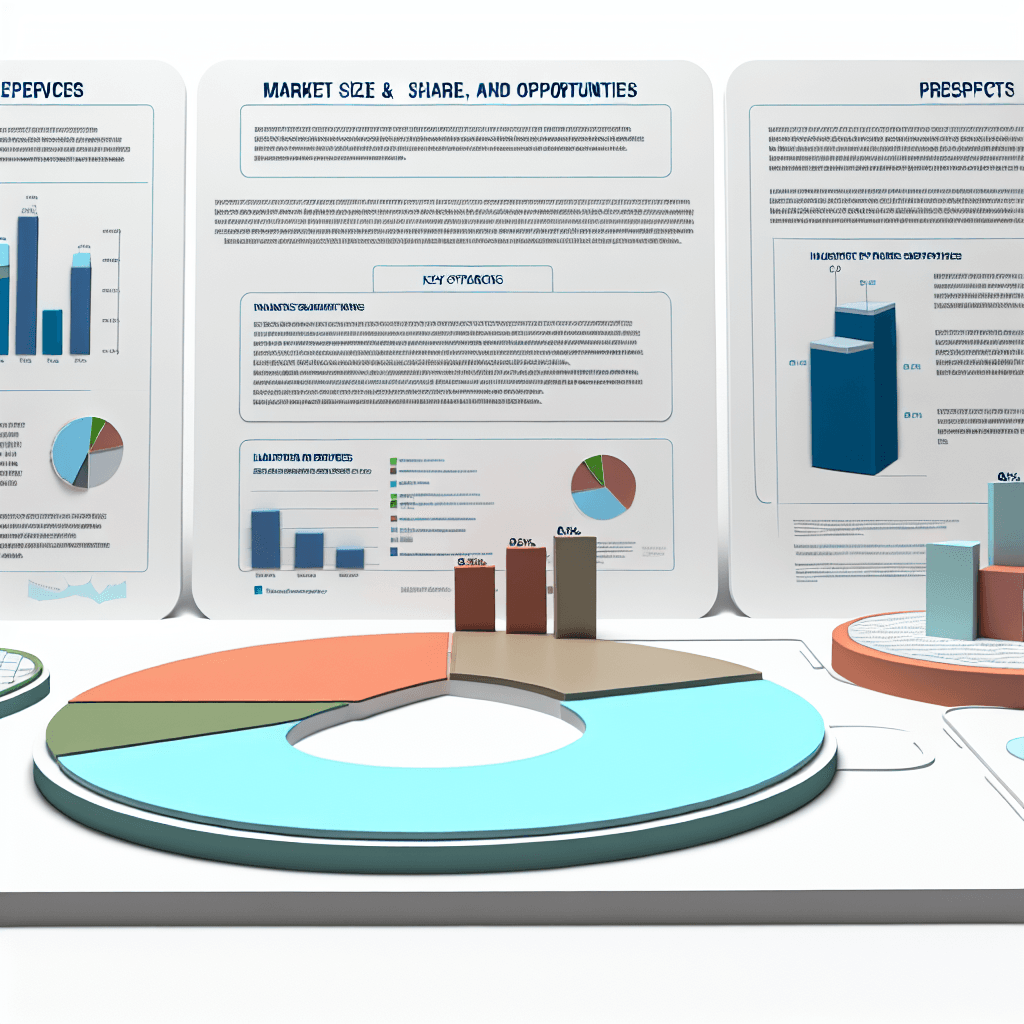Explore the healthcare payer services market size, share, opportunities, and forecasts. Get key insights and trends.
Healthcare Payer Services Market Size, Share, Opportunities And Forecast

Table of Contents
- Healthcare Payer Services Market Size, Share, Opportunities, and Forecast
- Understanding Healthcare Payer Services
- Market Size and Share
- Key Drivers of Market Growth
- Challenges Facing the Market
- Opportunities in the Healthcare Payer Services Market
- Case Studies Highlighting Market Impact
- Forecast for the Healthcare Payer Services Market
- Conclusion
Healthcare Payer Services Market Size, Share, Opportunities, and Forecast

The healthcare payer services market is a critical component of the global healthcare industry, providing essential services that help manage and streamline payment operations. This market has seen significant growth due to the increasing demand for health insurance, the rising prevalence of chronic diseases, and technological advancements in healthcare. This article explores the size, share, opportunities, and forecasts of the healthcare payer services market, providing a comprehensive overview for stakeholders and interested parties.
Understanding Healthcare Payer Services
Healthcare payer services refer to a range of services offered by organizations that manage and fund medical services. These services include claims processing, fraud management, member engagement, and billing, among others. Payers typically include insurance companies, government programs, and other entities that pay for healthcare services.
Market Size and Share
The global healthcare payer services market has been growing steadily over the past few years. According to a report by Grand View Research, the market was valued at approximately USD 21.1 billion in 2020 and is expected to reach USD 41.1 billion by 2028, growing at a compound annual growth rate (CAGR) of 8.5% during the forecast period.
The United States holds the largest share of the healthcare payer services market, driven by a well-established healthcare infrastructure and the presence of major players in the industry. However, Asia-Pacific is expected to witness the highest growth rate due to increasing healthcare expenditures and the adoption of advanced technologies in emerging economies such as China and India.
Key Drivers of Market Growth
- Increasing Healthcare Costs: As healthcare costs continue to rise, there is a growing need for efficient payer services to manage and control expenses.
- Government Regulations: Stringent regulations regarding healthcare insurance and payment require robust systems and services to ensure compliance.
- Technological Advancements: Innovations such as AI, machine learning, and blockchain are transforming the way payer services are delivered, leading to more efficient and effective operations.
- Growing Health Insurance Market: With more individuals obtaining health insurance, there is an increased demand for services to manage these additional policies and claims.
Challenges Facing the Market
Despite the growth opportunities, the healthcare payer services market faces several challenges that could impede its progress. These include data privacy concerns, high costs of deploying payer services solutions, and resistance to adopting new technologies among some providers.
Opportunities in the Healthcare Payer Services Market
The healthcare payer services market presents numerous opportunities for growth and innovation. Some of these opportunities include:
- Integration of Advanced Technologies: Incorporating technologies like AI and blockchain can help improve the accuracy and efficiency of claims processing and fraud detection.
- Expansion into Emerging Markets: Developing regions offer new markets for healthcare payer services, driven by increasing healthcare access and insurance penetration.
- Value-based Care Initiatives: There is a shift towards value-based care models, which require sophisticated payer services to manage contracts and reimbursements based on care outcomes rather than services rendered.
Case Studies Highlighting Market Impact
Several case studies illustrate the impact and potential of healthcare payer services:
- Case Study 1: A major health insurance company in the U.S. implemented a new AI-based system for claims processing. This system reduced processing times by 30% and improved detection of fraudulent claims by 25%.
- Case Study 2: In India, a government-sponsored health insurance program utilized mobile technology to enhance member engagement and satisfaction. This led to a 50% increase in timely premium payments and a 20% increase in member retention.
Forecast for the Healthcare Payer Services Market
Looking ahead, the healthcare payer services market is poised for substantial growth. Innovations in technology and an increasing focus on cost management and customer satisfaction are expected to drive the market forward. By 2028, the market is anticipated to double in size, reflecting its critical role in the evolving healthcare landscape.
Conclusion
The healthcare payer services market is a dynamic and essential part of the global healthcare industry. With its significant growth potential, driven by technological advancements and increasing demand for health insurance, the market offers numerous opportunities for stakeholders. However, challenges such as data privacy and high implementation costs must be addressed to fully realize this potential. By leveraging technology and exploring new markets, players in the healthcare payer services market can look forward to a promising future.
In conclusion, the healthcare payer services market is set to transform the way health care is financed and managed, promising improved efficiency and better health outcomes for all.








